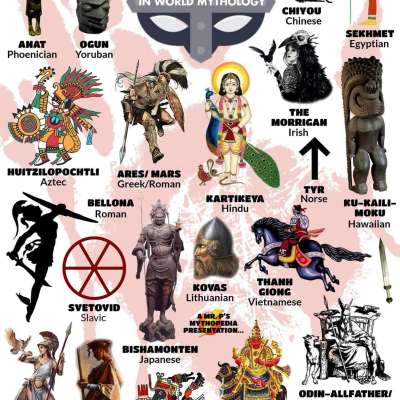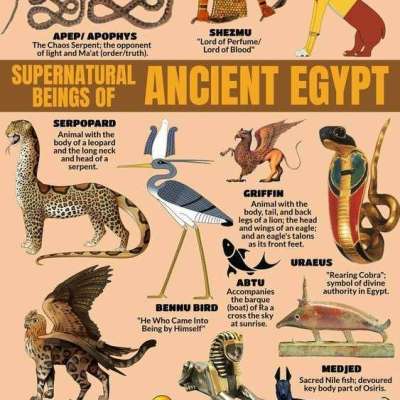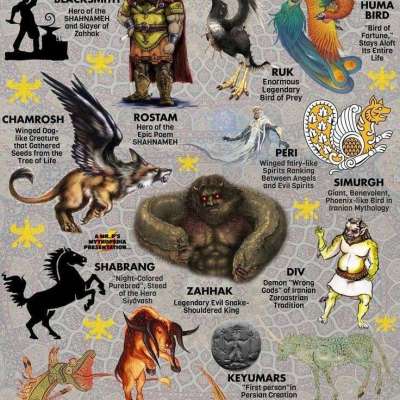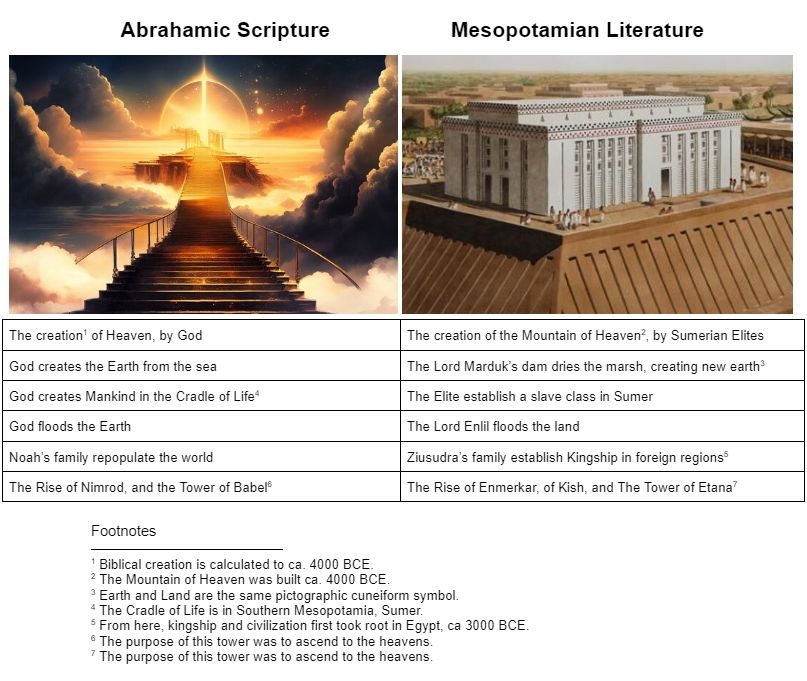

What compelled these antediluvians to be so foolish as to revolt against the Holy One, and how did they become actuated with the idea of building a tower whose top should reach into heaven?
The Sepher Ha-Zohar
The Book of Light
We learn from tradition that by the words, ‘and it came to pass as they journeyed from the east’ (miquidem) scripture informs us that they quitted the highlands for the plains, the land of Israel, in order to fix their habitation in Babel. ‘Here,’ said they, ‘we can live and dwell, come let us make to ourselves a name, or in other words, let us worship and adore the god of this world, and by doing so acquire and enjoy his favor and help; so that when catastrophes and calamities occur, we shall have a sure refuge and means of escape from their baneful and destructive effects. Here is abundance of food, and we may reap plentiful harvests which in the past have cost us so great toil and labor. Nay, more, let us make a tower reaching up to heaven, so that we may mount and wage war in the domain of the Premier’ himself, and thus prevent him from again overwhelming and destroying mankind with a deluge, as in the past.’ It is written, ‘And the Lord said the people is one and they have all one language and this they begin to do, and now nothing will be restrained from which they have imagined to do’ (Gen. XI. 6). The meaning of which words this is. In the celestial world when all its spheres are harmonious, power is the result. So is it in the world of mankind when all minds become imbued and swayed by unity of thought and feeling. Whatever enterprise or project is undertaken, it is bound to succeed and be accomplished whether its object be good or evil. To nullify their impious intention and purpose of waging war against it was essential that this unity of design should be broken and their plans be thwarted and, therefore, as stated, ‘The Lord scattered these builders of Babel and dispersed them abroad upon the face of the earth. And that they might be compelled to cease the building of their city, he confounded their language so that they were unable to understand each other’s thoughts and respond to them. Before this the holy language was universally spoken.

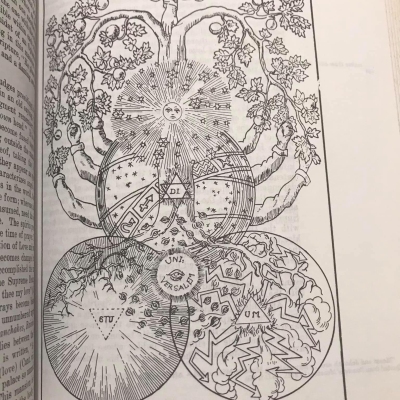

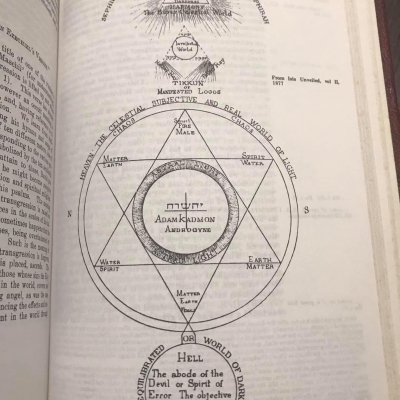
 +3
+3

